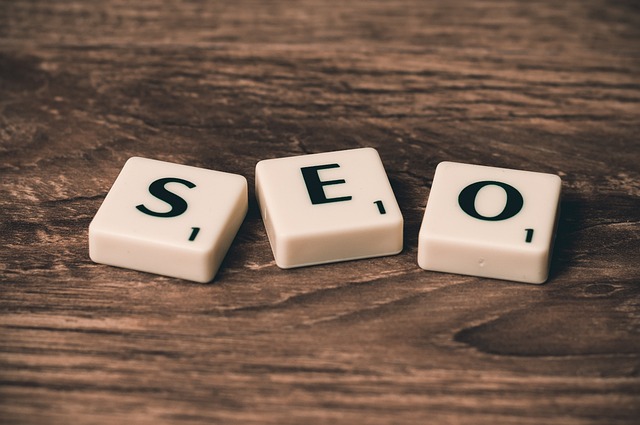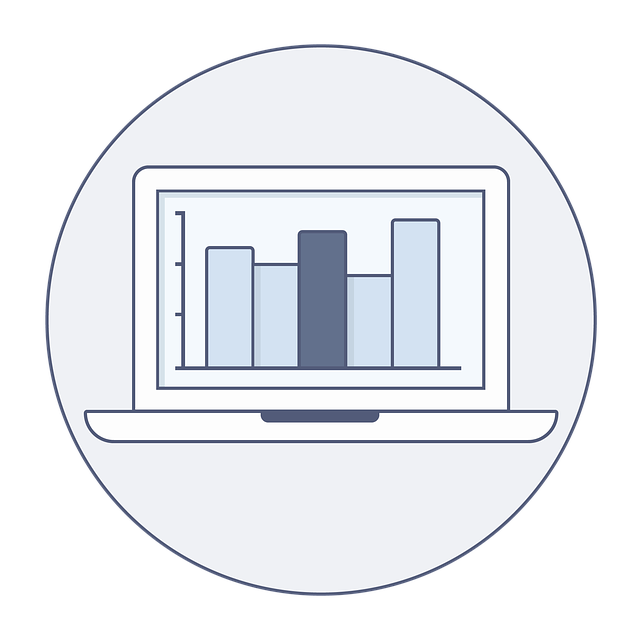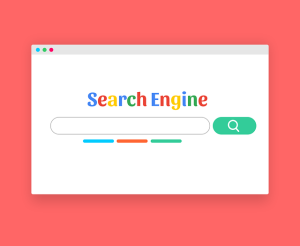On-Page SEO is a vital digital marketing strategy focusing on optimizing individual web pages for search engines and users. It involves understanding search engine crawling, refining page elements like keywords, content, meta tags, and internal linking. By integrating relevant keywords naturally, crafting high-quality content, and optimizing meta tags, On-Page SEO improves discoverability and user engagement. Key aspects include structuring websites with intuitive navigation and logical content organization, using keyword research tools for targeted terms, and creating compelling content that answers user queries. Meta tags and descriptions enhance content visibility, while internal linking strategies boost site authority and user experience. Ultimately, successful On-Page SEO leads to better search engine rankings and increased organic traffic.
In today’s digital landscape, a robust SEO content strategy is key to boosting online visibility and attracting target audiences. This comprehensive guide delves into the essential components of On-Page SEO, providing valuable insights for businesses aiming to excel in search engine rankings. From optimizing website structure to crafting compelling content, each section offers actionable tips to enhance your digital presence. By understanding and implementing these strategies, you can elevate your online profile and engage with your audience more effectively.
Understanding On-Page SEO: The Cornerstone of Digital Visibility

On-Page SEO is a fundamental aspect of digital marketing and content strategy, serving as the cornerstone of a website’s online visibility. It involves optimizing individual web pages to rank higher in search engine results pages (SERPs), thereby increasing organic traffic and user engagement. This process entails a deep understanding of how search engines crawl and interpret websites, and it plays a pivotal role in ensuring your content resonates with both search algorithms and human readers.
At its core, On-Page SEO focuses on various elements within a page, such as keyword research and placement, high-quality content creation, meta tags optimization, and internal linking structures. By strategically integrating relevant keywords into headings, URLs, and body text, while also crafting compelling and informative content, pages become more discoverable and attractive to search engines. Additionally, proper meta tag optimization ensures that each page has a clear title and description, providing search engines with essential context for indexing and ranking purposes.
Optimizing Your Website's Structure for Search Engines

Optimizing your website’s structure is a vital component of any successful On-Page SEO strategy. Search engines, particularly Google, prioritize user-friendly sites with clear navigation and logical information architecture. A well-structured website ensures that both search engine crawlers and visitors can easily access and understand your content. This involves creating a hierarchical layout using relevant headings (H1, H2, etc.), ensuring internal linking is strategic and meaningful, and organizing pages in a way that flows naturally for users.
When implementing these practices, consider the user journey and ensure your site’s structure reflects it. For example, categorizing content into distinct sections or using breadcrumbs to guide visitors through a logical sequence of information can enhance both SEO and user experience. Regularly review and update your website’s structure as your content grows, making sure it remains optimized for search engines and aligned with the latest industry standards.
Keyword Research: Unlocking the Power of Relevant Terms

Keyword research is a fundamental step in crafting an effective SEO content strategy. It involves uncovering the terms and phrases your target audience uses when searching for information related to your niche. By identifying relevant keywords, you can ensure that your content resonates with your intended readers and improves visibility on search engines.
This process goes beyond simply selecting popular search terms; it’s about understanding user intent and the context in which they search. Tools like Google Keyword Planner, SEMrush, or Ahrefs can assist in discovering keyword variations, including long-tail keywords, which are often less competitive but highly relevant. Incorporating these keywords strategically within your on-page SEO efforts—in titles, headings, meta descriptions, and content bodies—enhances the likelihood of search engines recognizing and ranking your pages accordingly.
Crafting Compelling Content that Search Algorithms Love

Crafting compelling content is an art that goes hand in hand with understanding search engine optimization (SEO). When creating content for on-page SEO, the goal is to produce material that not only captivates your target audience but also aligns seamlessly with what search algorithms are looking for. This involves a strategic approach where keywords are naturally woven into the fabric of your writing without appearing forced or overly optimized.
Focusing on high-quality, relevant content ensures that each page offers value and answers user queries effectively. By optimizing meta titles, headings, and descriptions, you provide search engines with clear signals about the topic and context, making it easier for algorithms to index and rank your pages accurately. This, in turn, increases the likelihood of attracting organic traffic from potential customers actively searching for solutions related to your business or niche.
Utilizing Meta Tags and Descriptions Effectively

In the realm of On-Page SEO, meta tags and descriptions play a pivotal role in enhancing your content’s visibility and click-through rates. These elements serve as a bridge between your website and potential visitors, acting as succinct snapshots that appear in search engine results pages (SERPs). Crafting effective meta tags involves balancing keyword relevance with compelling language to entice users while accurately reflecting the page’s content.
When optimizing meta descriptions, focus on providing a concise summary of the page’s main idea, incorporating target keywords naturally. Though not directly ranked by search engines, quality meta descriptions can significantly influence user engagement, as many click based on the description’s appeal rather than the position in SERPs. By aligning these elements seamlessly with your SEO strategy, you can foster better organic reach and drive more targeted traffic to your site.
Enhancing User Experience for Better SEO Performance

Improving user experience is a key component of any successful SEO content strategy, as it directly impacts search engine rankings and visitor engagement. By focusing on On-Page SEO, businesses can create websites that are not only optimized for search engines but also intuitive and enjoyable for users. This involves enhancing several elements, including website loading speed, mobile responsiveness, and site navigation ease.
A well-designed user experience encourages visitors to spend more time on the site, scrolling through content and interacting with features. This increased engagement signals to search engines that the site is valuable, leading to better rankings over time. Additionally, easy navigation ensures users can quickly find what they’re looking for, reducing bounce rates and encouraging conversions or further exploration. Ultimately, a positive user experience aligns with search engine goals, fostering a harmonious relationship between SEO performance and visitor satisfaction.
Leveraging Internal Linking Strategies for Content Discovery

Internal linking strategies are a powerful tool within an On-Page SEO content strategy, enabling users to explore relevant content easily while also providing significant benefits for search engine optimization (SEO). By strategically placing links from one page to another within your website, you create a network that helps both users and search engines understand the context and hierarchy of your content. This is particularly crucial for larger websites with diverse topics, ensuring that each page contributes to the overall authority and discoverability of the site.
These strategies facilitate content discovery by guiding users and search algorithms through your website’s information architecture. When a user navigates from one relevant page to another, it signals to search engines that your site offers valuable, interconnected resources. This can lead to improved user engagement as visitors find related content effortlessly, encouraging them to explore more of your site. Consequently, internal linking contributes to better SEO by increasing the time users spend on-site and reducing bounce rates.
Regularly Updating Content to Stay Ahead in SEO

Maintaining a robust on-page SEO strategy involves regularly updating your content, ensuring it remains fresh and relevant. Search engines like Google prioritize up-to-date information, and frequently revised content can significantly impact your website’s ranking. Regular updates allow you to incorporate new keywords, adapt to algorithm changes, and provide the most accurate and valuable information to your audience. This strategy not only enhances user experience but also keeps your site at the forefront of search engine results pages (SERPs).
By implementing a content refresh schedule, you can identify outdated pieces and replace them with fresh alternatives. This might include adding new data points, incorporating recent trends, or rewriting sections for better readability and SEO optimization. Regular updates are key to keeping your website competitive in the digital landscape, where search engine algorithms evolve and user preferences change rapidly.
